Het arrangement 10.2 Types of houses - tto123 is gemaakt met Wikiwijs van Kennisnet. Wikiwijs is hét onderwijsplatform waar je leermiddelen zoekt, maakt en deelt.
- Auteur
- Laatst gewijzigd
- 2025-05-11 18:09:49
- Licentie
-
Dit lesmateriaal is gepubliceerd onder de Creative Commons Naamsvermelding-GelijkDelen 4.0 Internationale licentie. Dit houdt in dat je onder de voorwaarde van naamsvermelding en publicatie onder dezelfde licentie vrij bent om:
- het werk te delen - te kopiëren, te verspreiden en door te geven via elk medium of bestandsformaat
- het werk te bewerken - te remixen, te veranderen en afgeleide werken te maken
- voor alle doeleinden, inclusief commerciële doeleinden.
Meer informatie over de CC Naamsvermelding-GelijkDelen 4.0 Internationale licentie.
Aanvullende informatie over dit lesmateriaal
Van dit lesmateriaal is de volgende aanvullende informatie beschikbaar:
- Toelichting
- Deze les valt onder de arrangeerbare leerlijn van de Stercollectie voor Engels voor tweetalig onderwijs, leerjaar 1, 2 en 3. Dit is thema 10 'At home'. Het onderwerp van deze les is: Types of houses. In deze les worden verschillende soorten huizen (in Engeland) besproken, waaronder vrijstaande huizen en rijtjes huizen. Ook wordt het verschil tussen het kopen of huren van een woning besproken. In de grammaticaopdracht wordt de past continuous besproken.
- Leerniveau
- VWO 2; HAVO 1; VWO 1; HAVO 3; VWO 3; HAVO 2;
- Leerinhoud en doelen
- Engels;
- Eindgebruiker
- leerling/student
- Moeilijkheidsgraad
- gemiddeld
- Studiebelasting
- 1 uur 40 minuten
- Trefwoorden
- arrangeerbaar, engels, kopen of huren, past continuous, soorten huizen, stercollectie, tto123, types of houses
Gebruikte Wikiwijs Arrangementen
VO-content Engels. (2020).
1.1 Introducing yourself - tto123
https://maken.wikiwijs.nl/169502/1_1_Introducing_yourself___tto123
VO-content Engels. (2023).
10.2 Types of houses - hv12
https://maken.wikiwijs.nl/138778/10_2_Types_of_houses___hv12

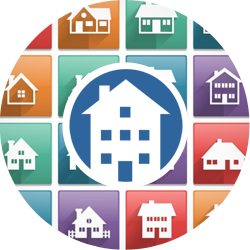 The subject of this period is types of houses.
The subject of this period is types of houses.

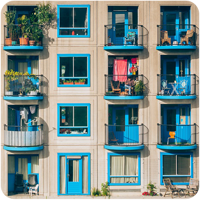 Dead End Street
Dead End Street
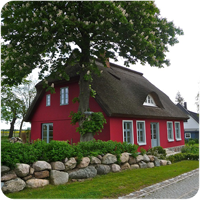 Houses in England
Houses in England Study the vocabulary. (10 minutes)
Study the vocabulary. (10 minutes)
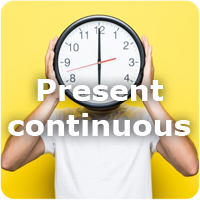 Have a look at Knowledge base Present continuous.
Have a look at Knowledge base Present continuous.
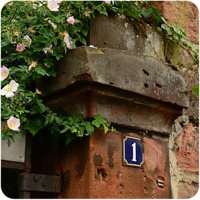 A discussion about owning or renting a house
A discussion about owning or renting a house An essay about owning or renting a house
An essay about owning or renting a house What have you learnt in this period?
What have you learnt in this period?
